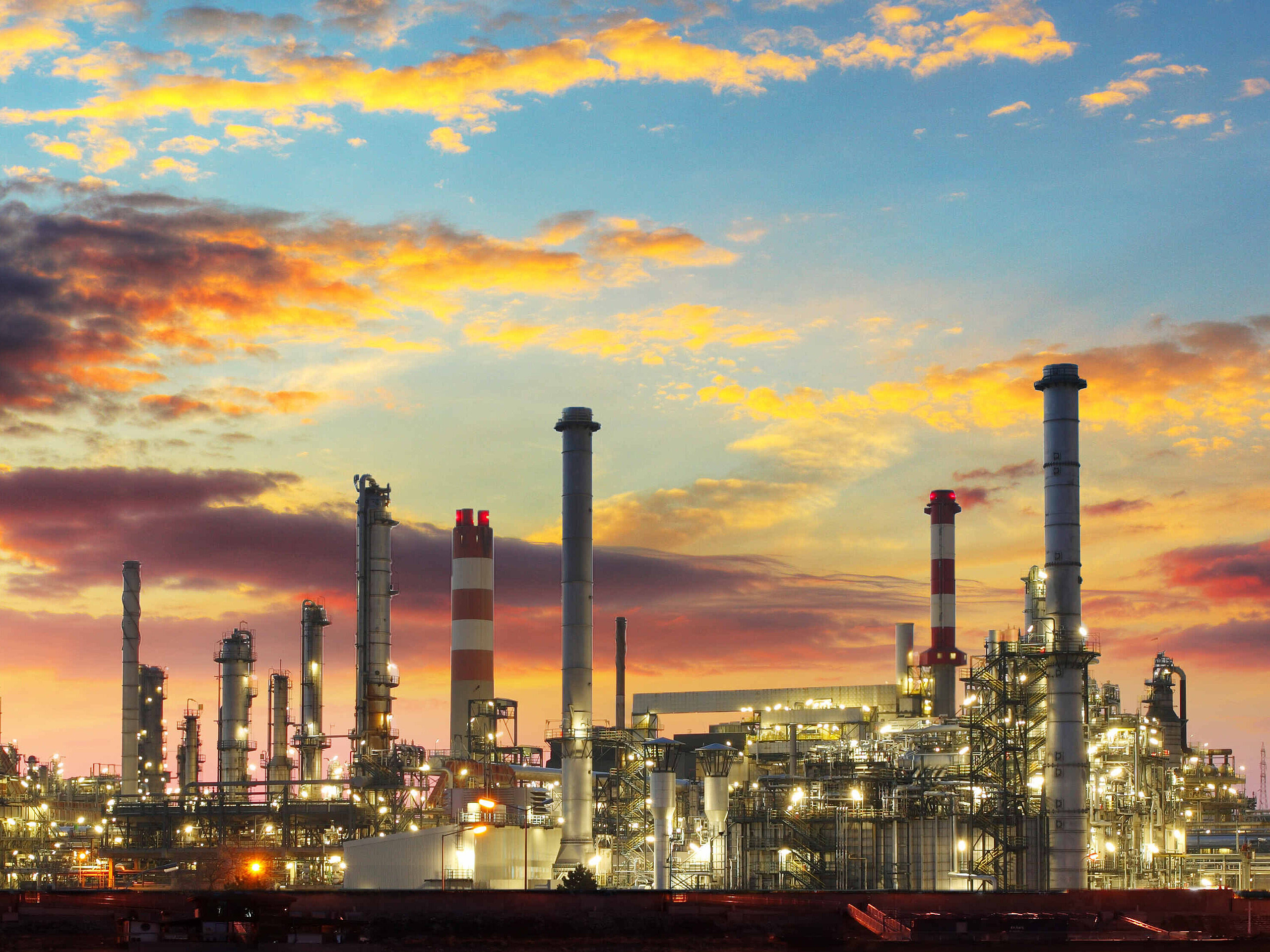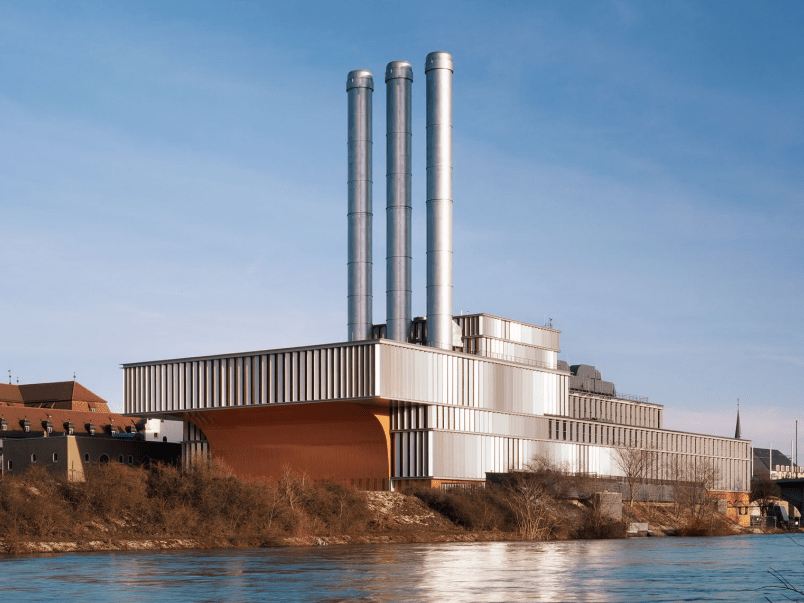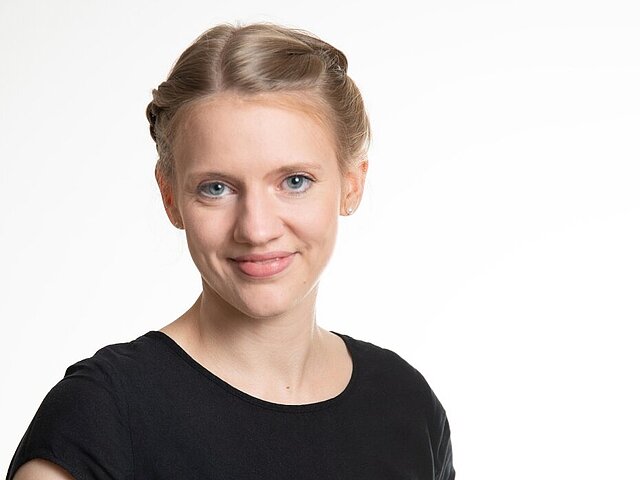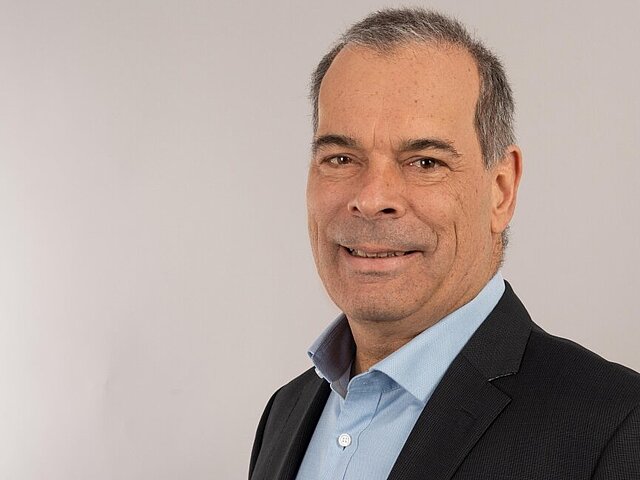Air pollution control
Clean air starts with accurate forecasting
The Air Pollution Control Division focuses on protecting against harmful environmental impacts caused by air pollutants. This includes the preparation of emission forecasts and expert reports for regulatory approval procedures. We support the entire permitting process and provide air pollution forecasts for facilities and traffic to assess air quality and ensure compliance with legal requirements. In addition, our experts assist in preparing solvent balances and complying with the 31st BImSchV (Solvent Ordinance) to limit emissions of volatile organic compounds.

Our Consulting
For permit-compliant solutions in air pollution control
Both the determination of required chimney heights and the assessment of airborne pollutants and odors within approval or planning procedures require precise forecasting models and deep technical expertise. Müller-BBM Industry Solutions GmbH supports you with quality-assured dispersion calculations and legally sound expert reports – even under complex boundary conditions such as cold air dynamics or challenging topography.
- Model Selection & Application
Use of appropriate dispersion models (e.g. AUSTAL, LASAT, WinMISKAM, METRAS, PROKAS, LASPORT, KLAM_21) depending on emission source, substance properties, terrain, and meteorological conditions. - Consulting for Complex Conditions
Consideration of building influences, steep terrain, cold air drainage, time-variable emissions, and special substances. - Chimney Height Determination
Calculation of required discharge heights according to Section 5.5 TA Luft and VDI 3781 Part 4, ensuring unobstructed exhaust dispersion and sufficient dilution – both in standard cases and special situations such as sources with low or infrequent emissions. - Mesoscale Wind Field Modeling with METRAS
Creation of wind field libraries using the METRAS mesoscale prognostic wind field model to account for dynamically induced flow patterns in steep terrain or terrain-climate-driven wind systems (e.g. cold air flows) as a basis for impact forecasts in complex terrain. - Microscale Wind Field Modeling
Flow simulation using the MISKAM microscale prognostic wind field model to account for building-induced flow effects in cases where sources and receptors are strongly influenced by surrounding structures. - Cold Air Modeling with KLAM_21
Simulation of nocturnal cold air drainage to assess pollutant transport into sensitive areas (e.g. residential zones, FFH sites); integration of cold air flows into LASAT for realistic forecasting of additional and total pollutant loads. - Evaluation According to Applicable Guidelines and Standards
Assessment in accordance with TA Luft, 39th BImSchV, LAI guidelines, and VDI standards. - Application Areas:
- Approval procedures under the Federal Immission Control Act (BImSchG)
- Urban land-use planning
- Building permit procedures
- Air quality plans, urban and traffic planning
- Environmental impact assessments (EIA)
Leverage our expertise and extensive modeling experience for reliable approvals, robust environmental assessments, and sustainable planning. Contact us for tailored advice or a specific offer.

Our testing services
Taking stock – your key to clean air
The 31st BImSchV (Solvent Ordinance) requires operators of certain facilities to comply with strict emission limits and to document solvent consumption. Müller-BBM supports you with qualified testing services for the evaluation and optimization of your solvent balances – independent, technically sound, and legally compliant
Services include:
- Determination and evaluation of solvent consumption
Recording all relevant partial consumptions in accordance with Annex I of the 31st BImSchV – even for complex facility structures. - Verification of emission limits
Conducting emission measurements and comparing results with the requirements for captured and diffuse emissions. - Preparation and validation of solvent balances
Demonstrating compliance with total emissions and supporting balance preparation according to Annex III. - Assessment of substances used
Checking for substitution obligations and classification as volatile organic compounds (VOCs). - Technical evaluation
Assessing facility operations with regard to the state of the art. - Reduction plans according to § 5 (7) of the 31st BImSchV
Developing measures in case of limit exceedances, including target definition, description of measures, and documentation.
Secure legally compliant solvent balancing and reliable testing reports – with the expertise of Müller-BBM. Contact us for individual consulting or a tailored offer.
Our Expertise in Air pollution control

Expert report
An expert report in the field of air pollution control is a detailed assessment of the environmental impact of air pollutants and odors, playing a central role in approval procedures. Our interdisciplinary teams – comprising engineers, chemists, geologists, meteorologists, physicists, and environmental scientists – work closely together to provide you with tailored solutions.
Your Benefits:
- Legal certainty: With extensive expertise in air pollution control, Müller-BBM Industry Solutions GmbH helps clients meet the specific requirements for regulatory approval, minimizing legal risks and supporting smooth permitting and operation of your facilities.
- Ongoing support: Müller-BBM Industry Solutions GmbH offers modular, cross-disciplinary service packages tailored precisely to your needs. This ensures you receive the necessary support at every stage – from approval and construction to operation.
- Cost-effective solutions: Through targeted consulting on technical modifications, we help identify the best possible solutions for your air pollution control challenges from both technical and economic perspectives.

Air Pollution Forecast for Industrial Facilities
An air pollutant impact forecast for industrial facilities is an assessment of expected air pollutants and odors that may be emitted by a planned installation. These forecasts are especially important when direct measurement of air quality is not feasible – such as in the case of new facility planning or during zoning and spatial planning procedures.
We support you in communications with authorities and throughout public consultation processes. Our experts analyze the additional environmental burden caused by emissions and assess it in the context of existing background pollution.
Quality builds trust: Dispersion calculations in accordance with TA Luft, using VDI 3783 Part 13, are part of the accreditation scope of Müller-BBM Industry Solutions GmbH under DIN EN ISO/IEC 17025 in the field of environmental meteorological assessments.
Your Benefits:
- Efficient project execution: With our support in dealing with authorities and public procedures, the approval process is accelerated and simplified – saving time and resources.
- Early identification of issues: Forecasts help detect potential environmental impacts early, allowing for timely planning of mitigation or avoidance measures.
- Optimized facility design: The results of the forecast can be used to optimize the design and operation of the facility, minimizing emissions and reducing environmental impact.
- Improved public acceptance: A well-founded forecast can increase acceptance of the project among the public and authorities by creating transparency and demonstrating that environmental concerns are taken seriously.

Air Pollution Forecast in the Transport Sector
An air pollutant impact forecast for the transportation sector is an assessment of expected air pollutants that may result from traffic. These forecasts are particularly important for evaluating environmental impacts in planning processes, such as infrastructure projects in the transportation sector.
Our experts calculate traffic-related emissions and the resulting immissions. Depending on the specific question, we use methods ranging from simple screening models to complex flow and dispersion simulations. We also support the design of appropriate protective measures.
Quality builds trust: Air pollutant forecasts in the transportation sector using VDI 3783 Part 14 are part of the accreditation scope of Müller-BBM Industry Solutions GmbH under DIN EN ISO/IEC 17025 in the field of environmental meteorological assessments.
Your Benefits:
- Optimized traffic planning: The results of the forecast can be used to optimize traffic planning, minimizing emissions and reducing environmental impact.
- Targeted mitigation planning: The forecast enables the precise planning and implementation of protective measures, effectively reducing environmental burdens and improving the quality of life for affected residents.
- Cost optimization: The forecast allows for accurate sizing of necessary protective measures based on actual needs, helping to avoid unnecessary expenses and optimize implementation costs.

Integrated Services in the Approval Process
Expert reports play a central role in approval procedures, as they form the basis for official decisions. Below are some specific types of expert reports commonly required in such processes:
- Emission forecasts: Assessment of the impact of air pollutants, odors, noise, and vibrations on the environment
- Chimney height assessments: Determination of the required chimney height to ensure unobstructed exhaust dispersion and sufficient dilution through natural airflow
- Bioaerosol reports: Analysis of concentrations of microorganisms such as bacteria, endotoxins, and fungi in the air
- Incident and safety assessments: Evaluation of potential incidents and safety measures
- Fire and explosion protection: Assessment of fire safety measures and explosion risks
- Acoustic renovation and detailed planning: Planning and implementation support for noise reduction measures
- Electromagnetic environmental compatibility (EMC) studies: Evaluation of the impact of electromagnetic fields on the environment
- Light emission assessments: Analysis of the effects of artificial light on the surroundings
- Nature conservation reports: Including species protection assessments and FFH compatibility studies
- Environmental impact assessments (EIA): Evaluation of a project’s environmental effects, including preliminary assessments and strategic environmental assessments (SEA)
Müller-BBM Industry Solutions can provide all these services from a single source.
Your Benefits:
- Consistency and quality: Ensuring all reports are prepared to the same high standards, enhancing the consistency and reliability of results
- Efficiency and time savings: Eliminating the need to coordinate between multiple experts, speeding up the process and simplifying communication
- Cost savings: Bundling services is more efficient than commissioning reports from different providers
- Coherent reporting: Better alignment and coordination between different expert reports
- Single point of contact: One dedicated contact person for all questions and concerns, making collaboration easier and reducing misunderstandings

Chimney Height Calculation
Chimney height calculation is a key component of environmental protection, especially in industrial and commercial processes. It ensures that exhaust gases are properly dispersed and sufficiently diluted to minimize environmental impact.
Our experts take into account all relevant emission parameters and environmental factors to provide tailored solutions for each facility.
In particular, for installations with low emissions or infrequent operation – as well as in other special cases – the standard determination of chimney height based on VDI 3781 Part 4 and Section 5.5 of TA Luft may result in disproportionately high discharge heights. In such cases, it is possible to assess whether a lower chimney height can be justified from an environmental protection standpoint, considering the specifics of the individual case.
Müller-BBM Industry Solutions uses a wide range of state-of-the-art dispersion models and methods in addition to the standard reference implementations from the German Environment Agency (BESTAL) and common software tools based on VDI 3781 Part 4, to ensure accurate results even in complex individual cases.
Your Benefits:
- Legal certainty: Compliance with all legal requirements and guidelines minimizes the risk of delays and legal issues.
- Optimized planning: Our well-founded calculations enable optimal chimney design for effective emission dispersion.
- Tailored consulting: With many years of experience, we offer customized solutions and comprehensive advice – even in challenging individual cases – to determine an appropriate discharge height for your emission sources.

31st Federal Immission Control Ordinance (Solvent Balance)
The 31st Federal Immission Control Ordinance (BImSchV) regulates the handling of organic solvents and requires operators of certain facilities to comply with strict emission limits and to document solvent consumption. The goal is to protect air quality. Müller-BBM Industry Solutions GmbH supports this with legally compliant testing services, including measurements of solvent emissions, preparation of solvent balances, and continuous monitoring to ensure regulatory compliance and identify optimization potential.
Services:
- Determination and assessment of solvent consumption
Recording all relevant partial consumptions in accordance with Annex I of the 31st BImSchV – even for complex facility structures. - Verification of emission limits
Conducting emission measurements and comparing results with requirements for captured and diffuse emissions. - Preparation and validation of solvent balances
Demonstrating compliance with total emissions and supporting balance preparation according to Annex III. - Assessment of substances used
Checking for substitution obligations and classification as volatile organic compounds (VOCs). - Technical evaluation
Assessing facility operation in terms of state-of-the-art technology. - Reduction plans according to § 5 (7) of the 31st BImSchV
Developing measures in case of limit exceedances, including target definition, description of actions, and documentation.
Your Benefits:
- Comprehensive documentation and assessment: You receive detailed descriptions of facilities and operations, along with evaluations of substances or mixtures used regarding their classification as VOCs. This ensures all relevant information is documented and potential substitution requirements are considered.
- Future-proofing: Compliance with strict environmental standards can give you a competitive edge and strengthen your market position. This is especially important if you plan to expand, as it enables access to new markets and supports sustainable business growth.
- Development of reduction plans: If individual requirements cannot be met, we assist in creating reduction plans. These include a description of the current state of the facility, calculation of the target emission level, and the type of measures planned to reduce emissions.
Secure legally compliant solvent balancing and well-founded expert reports – with the expertise of Müller-BBM. Contact us for personalized advice or a specific offer.






